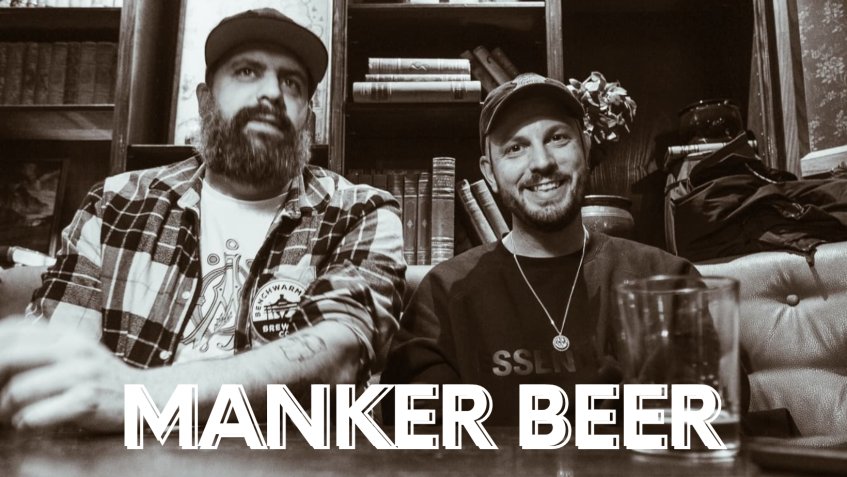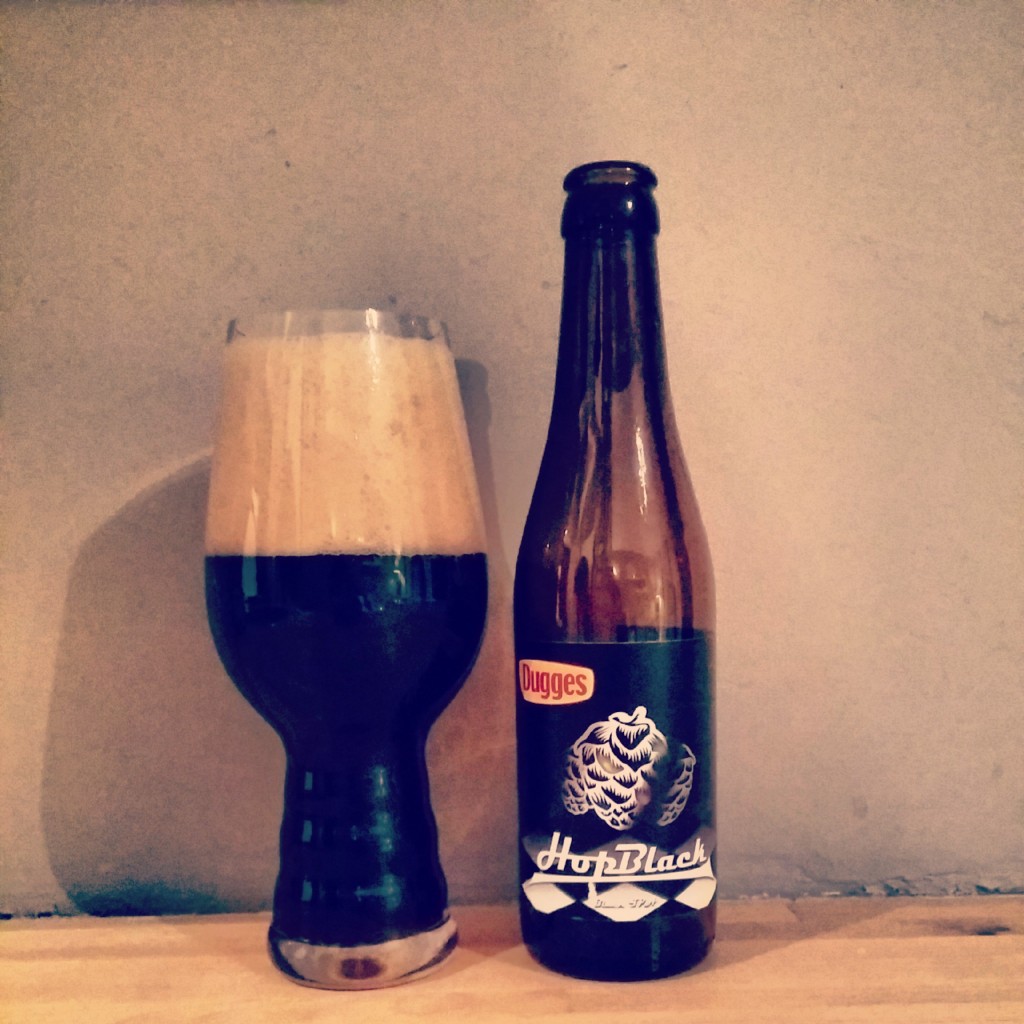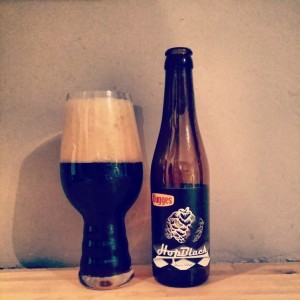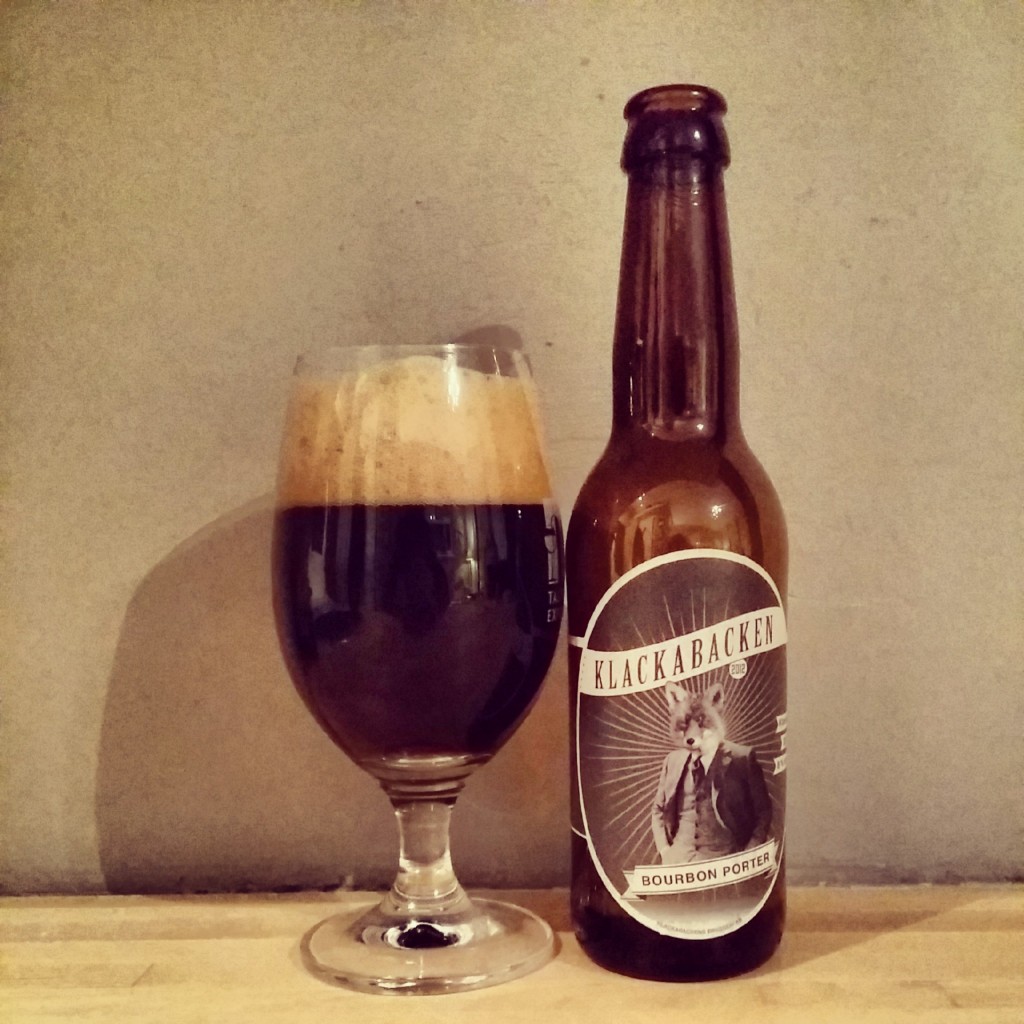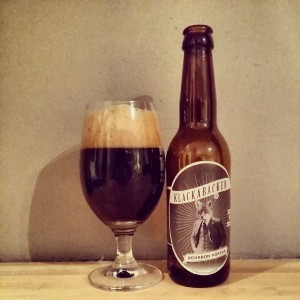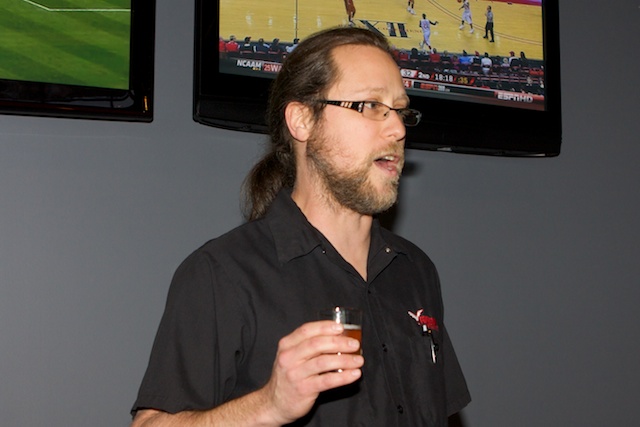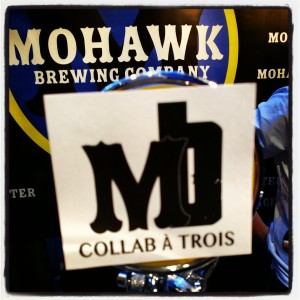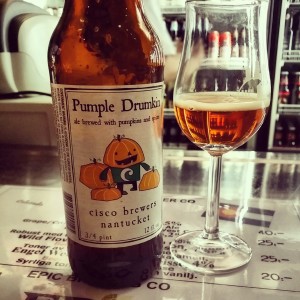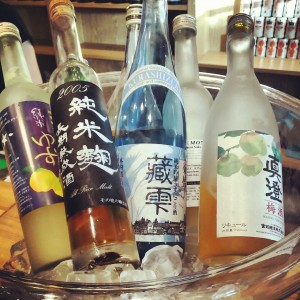When you explain the Swedish craft beer boom it is inevitable to drop the names of some US craft breweries as their beers have had a huge impact on the styles and references of what craft beer can be. Oskar Blues, Flying Dog, Sierra Nevada and Stone Brewing Co. are all breweries which beers have been on the Swedish market for the last couple of years and I frequently hear craft beer fans say that Oskar Blues Dales Pale Ale or Stones IPA have been their early go-to beers. Personally Dales and several of Stones beers were among the first American craft beers I tried and whenever I have been to the states they are still the beers I pick when there are limited craft beer options. Somehow it feels as if I have gone the full circle now as we are are about to fly over to Great American Beer Festival and then to California to finally end up in San Diego with a stop in Escondido and a visit to Stone Brewing Co. This will be one of our last interview before GABF and we hope that you have enjoyed the interview series as you will see more of MankerBeer Meets during and after GABF. We asked our Facebook followers if they had any questions for Greg and got several really good suggestions, some of which he will answer below. For all you Swedes, check out Greatbrands Facebook page as they are about to open another opportunity to preorder Stone beers! That was that, time to say hi to Greg.
MankerBeer (MB): What was your background before founding Stone Brewing Co. in 1996 together with Steve Wagner.
Greg Koch (GK): I was in the music business in Los Angeles. I was simultaneously getting into craft beer during those years, slowly discovering this incredible world that was out there. I met Steve briefly once when we were both in the music industry, but didn’t get to know him until by chance we both ended up re-meeting each other at a class called “A Sensory Evaluation of Beer” at University of California – Davis.
MB: Rumors are still buzzing about Stone Brewing looking to expand in Europe and last year a proposal request was sent in to learn about a possible expansion. Any progress?
GK: We haven’t given up the search! No news to report as of yet but our fingers are crossed that we find the right property soon. We would be excited to be able to brew our types of beer fresh in Europe!
MB: Stone Brewing has been one of the breweries that have played an important role for the growth of the Swedish interest in craft beer, although the beers are sometimes not as fresh when they reach the Swedish bars. As pointed out in the request for proposal of a European brewery, freight and freshness are problems when exporting beers, what can be done in regards of shipping and production to limit this?
GK: A European location would alleviate many of the issues with getting fresh beer to our brothers and sisters overseas. We also continue to focus on ensuring the limited amount of beer we send to Scandinavia is as fresh and delicious as possible.
MB: Stone’s three-brewery-collaborations have involved some of the best breweries in the world and resulted in some really tasty brews, what would you dream collaboration combo be?
GK: More and more talented and passionate craft brewers appear every day, and as a result, our list of possible collaborators grows faster than our production schedule can keep up with. It’s a great problem to have and definitely keeps me excited about future collaborative brews. We’re fortunate to be able to count so many of the world’s great craft brewers as our friends, and that means with each collaboration we get to make our “dream combos” a reality!
MB: With all the expansions, how does Stone manage to keep the high level of the beers while scaling up batches and production?
GK: With our very talented production team consisting of our brewers, quality assurance, maintenance, engineers and packaging personnel. Together these people ensure our beer is consistent and that we are able to continue to produce not only our year-round releases but also a slew of special-release beers as well. Additionally, we have the simple philosophy that we will always focus on the “how” we brew our beer over and above the “how much.” As such, we never cut corners because that would violate our fundamental core philosophy.
MB: Stone has been around for 17 years now, what trends have come and gone and what would you say will be the next big craft beer trend?
GK: More and more, beer drinkers care about where and how their beer is made, which has resulted in a fantastic growth in craft beer over the fizzy yellow industrialized versions of beer. In a perfect world, there will be no “next big trend” and instead we’ll continue to be presented with more and more truly authentic things.
MB: I read that space was one of the factors that limited the production of the Quingenti Millilitre series, would you want those beers to see a wider distribution or will they stay brewery only releases?
GK: The issue wasn’t with space, it was more that we didn’t have the equipment to scale up production and national distribution wasn’t in the immediate plans. Yes, you can expect that we will grow this program and make the delicious results more widely available, starting with a much wider release of the cult favorites “Crime” and “Punishment.”
MB: How do you manage to grow and keep such an awesome beard, any plans to do “a John Maier” and cultivate yeast from it?
GK: I’ve been growing a beard for two years now and I’ve certainly become attached to it. However, I will possibly be shaving it off for charity this November 1. If any of the craft beer brethren in Sweden would like to donate to the “SHAVE GREG” campaign in celebration of Movember visit MoBro.co/gregkochstonebrewingco. I say “possibly be shaving it off” because I have set a minimum donation level to $15,000. I think that amount will be reached out there…with the help of your readers!
MB: What are you looking forward to with GABF and how important is the festival for breweries and the American beer scene?
GK: I always look forward to the randomness of it all. Running into people I know from all over the country, discovering amazing beers that I’ve never heard of, and not-so-randomly being able to celebrate the incredible success of the craft beer revolution that so many of us have worked for!
It is important to breweries and the American craft beer scene because it’s an opportunity to celebrate the industry we have helped create. It brings attention to the amazing beers we are brewing and the talent that surrounds us.
MB: Is there anything all GABF-debutants really shouldn’t miss and/or think about at GABF?
GK: The GABF is so massive in scope and scale, I’d suggest just diving in. Yes, you can categorize and systemize your visit, but a few beers into it that can all go out the window. Embrace the enormity of it and just go where your feet, and your beer glass, take you! Also, check out all the incredible beer events all around town. It’s one helluva craft beer week in Central Colorado!
MB: What cool Stone brews will be poured at the festival?
GK: We’ve got a pretty compelling lineup this year. We’ll have two booths…our main one featuring beers brewed at our brewery in Escondido, and another one featuring beers from the smaller brewhouse at our new restaurant, the Stone Brewing World Bistro & Gardens – Liberty Station.
We say “skål” (cheers) to Greg for answering mine and our readers’ questions and for giving us insight in where Stone is heading. Like I wrote, Stone Brewing Co. has really been a cornerstone in Swedish craft beer and inspired home brewers to go pro and mass lager drinkers to try something different, something with actual appearance, aroma and flavors. So, so long, thanks for all the fish and keep on rockin’ in the free world.
